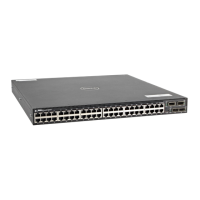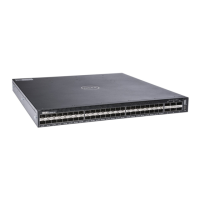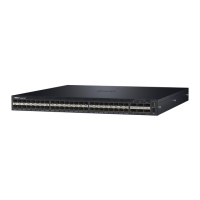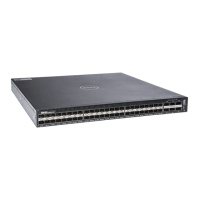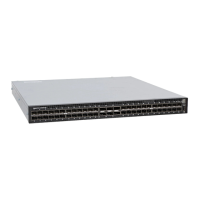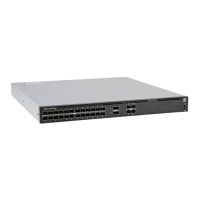Parameters
boot Enter the keyword boot to change the boot image.
system Enter the keyword system to change the system image.
ftp: After entering the keyword ftp:, you can either follow it
with the location of the source file in this form: //
userid:password@hostip/filepath
or press Enter to
launch a prompt sequence.
scp: After entering the keyword scp:, you can either follow it
with the location of the source file in this form: //
userid:password@hostip/filepath
or press Enter to
launch a prompt sequence.
slot0: After entering the keyword slot0:, you can either follow it
with the location of the source file in this form: //
hostlocation/filepath
or press Enter to launch a
prompt sequence.
tftp: After entering the keyword tftp:, you can either follow it
with the location of the source file in this form:
//
hostlocation/filepath or press Enter to launch a
prompt sequence.
flash: After entering the keyword flash:, you can either follow it
with the location of the source file in this form:
flash//
filepath or press Enter to launch a prompt sequence.
A: | B: Enter the partition to upgrade from the flash.
stack-unit: Enter the keywords stack-unit: to synch the image to the
stack-unit.
file-url Enter the following location keywords and information to
upgrade using an Dell Networking OS image other than the
one currently running:
• To specify an Dell Networking OS image on the internal
flash, enter flash:// file-path/filename.
• To specify an Dell Networking OS image on an FTP
server, enter ftp://user:password@hostip/
filepath
.
• To specify an Dell Networking OS image on the external
flash on the primary RPM, enter slot0://file-path/
filename.
• To copy a file on a TFTP server, enter tftp://hostip/
filepath/filename.
where hostip is either an IPv4 dotted decimal address or an
IPv6 URI [x:x:x:x::x] format address.
Defaults none
File Management
87
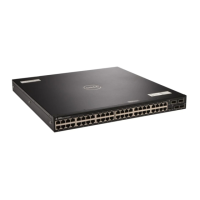
